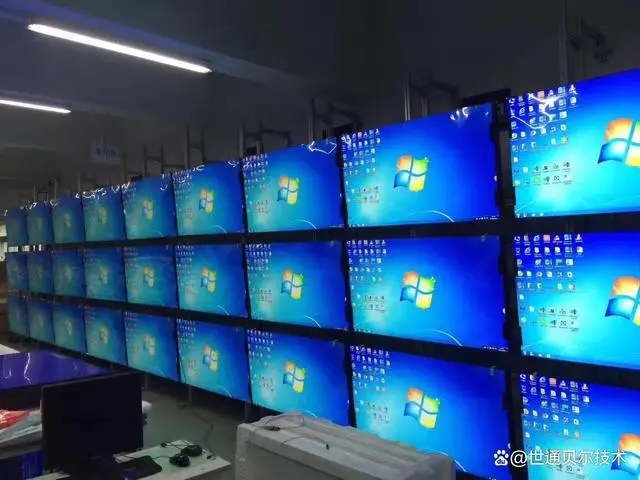LED screens, as one of the representatives of modern digital technology, are profoundly changing our era. From commercial advertising to public information dissemination, from entertainment experience to the construction of smart cities, LED screens have become an important driving force for smart displays due to their unique advantages.
LED screens, with their excellent image quality, high brightness, and versatility, have led the visual revolution in the digital age. In the commercial field, LED screens have become an important tool for advertising promotion due to their high definition, bright colors, and broad field of vision. Whether in shopping malls, airports, or stations, LED screens attract people's attention with their stunning visual effects, effectively conveying various commercial information. In addition, LED screens can also be made into curved screens or large screen splicing, providing viewers with a more immersive visual experience, which is particularly important in the field of digital entertainment.

On a more humane side, the application of LED screens is not limited to commercial and entertainment fields, but it also plays a crucial role in the construction of smart cities. With the rapid development of digitization, networking, and intelligence, LED screens, as an important carrier of urban information display, can achieve various applications. For example, through big data and cloud computing technology, LED screens can collect and display city data in real-time, such as temperature, humidity, wind direction, etc., providing convenient living services for citizens. Meanwhile, LED screens can also be used for traffic information guidance and pedestrian violation warnings, improving the safety and efficiency of urban traffic.
In addition, LED screens also play the role of information bridges in the digital age. In digital outdoor media communication, LED screens achieve multi screen linkage and human screen interaction through interaction, enhancing their practical application value. This enables LED screens not only to be used for the dissemination of commercial advertising information, but also to undertake various media functions such as the dissemination of public welfare information, real-time news playback, air information monitoring and display, weather information warning display, etc. This multi angle communication model of "public welfare+news+information+advertising" has made LED screens occupy an important position in information dissemination in the digital age.

With the deepening of environmental protection concepts, the advantages of LED screens in environmental protection have become increasingly prominent. Compared to traditional display technologies, LED large screens have lower energy consumption and longer lifespan, while also free from harmful substances and causing less environmental pollution. This makes LED screens not only promote the development of the digital age, but also meet the requirements of environmental protection and sustainable development.
Overall, the emergence and development of LED technology have a profound impact on the digital age. It not only changes our visual experience and information acquisition methods, but also plays an important role in smart city construction and environmental protection.




